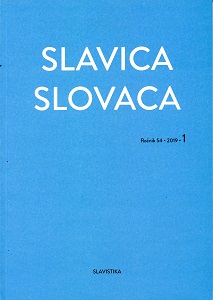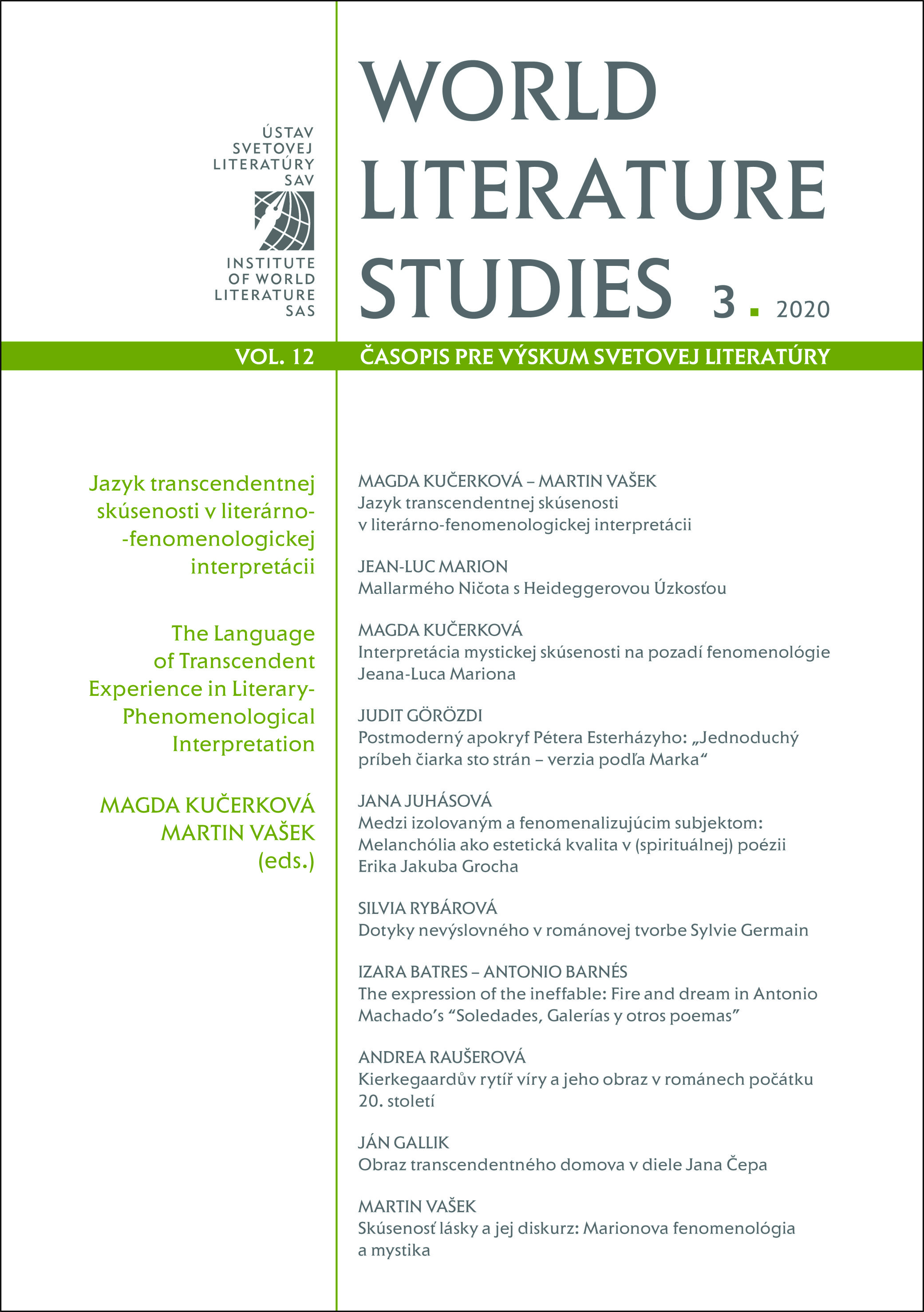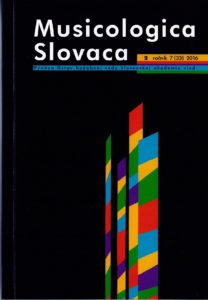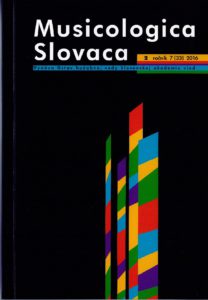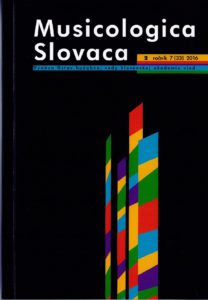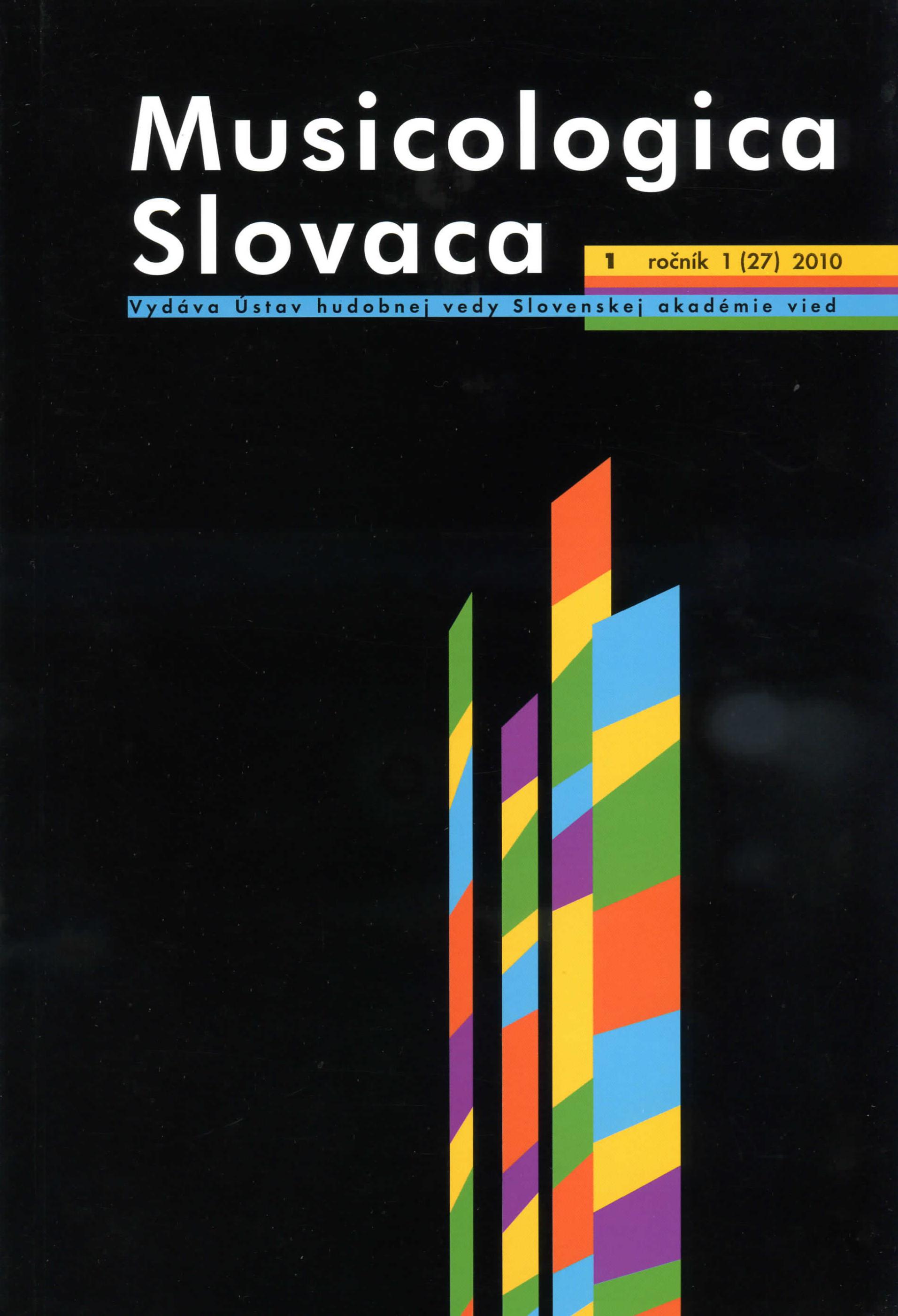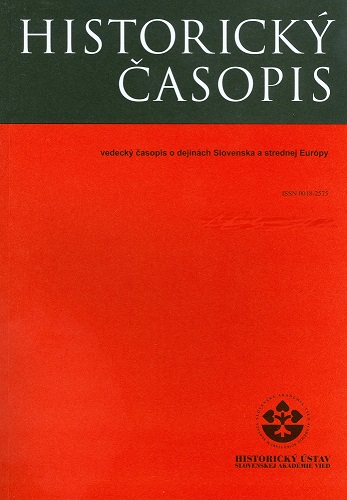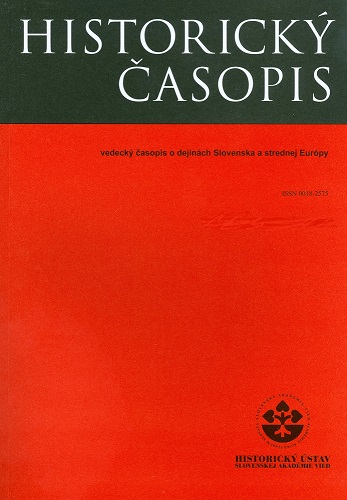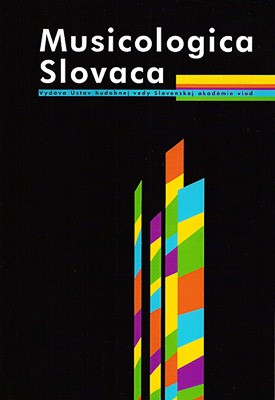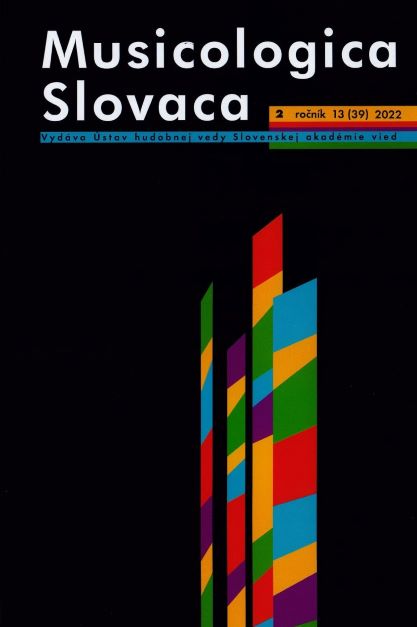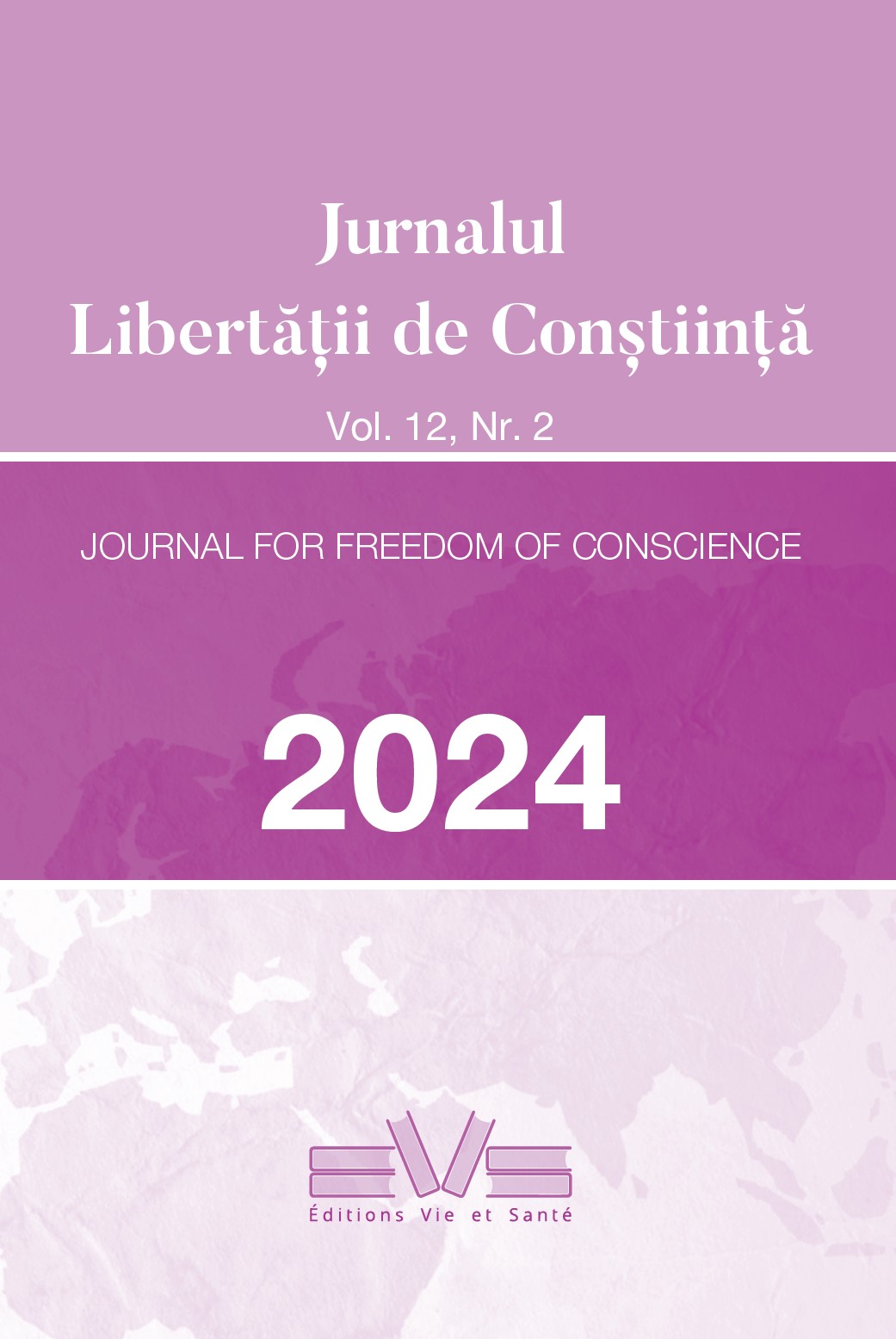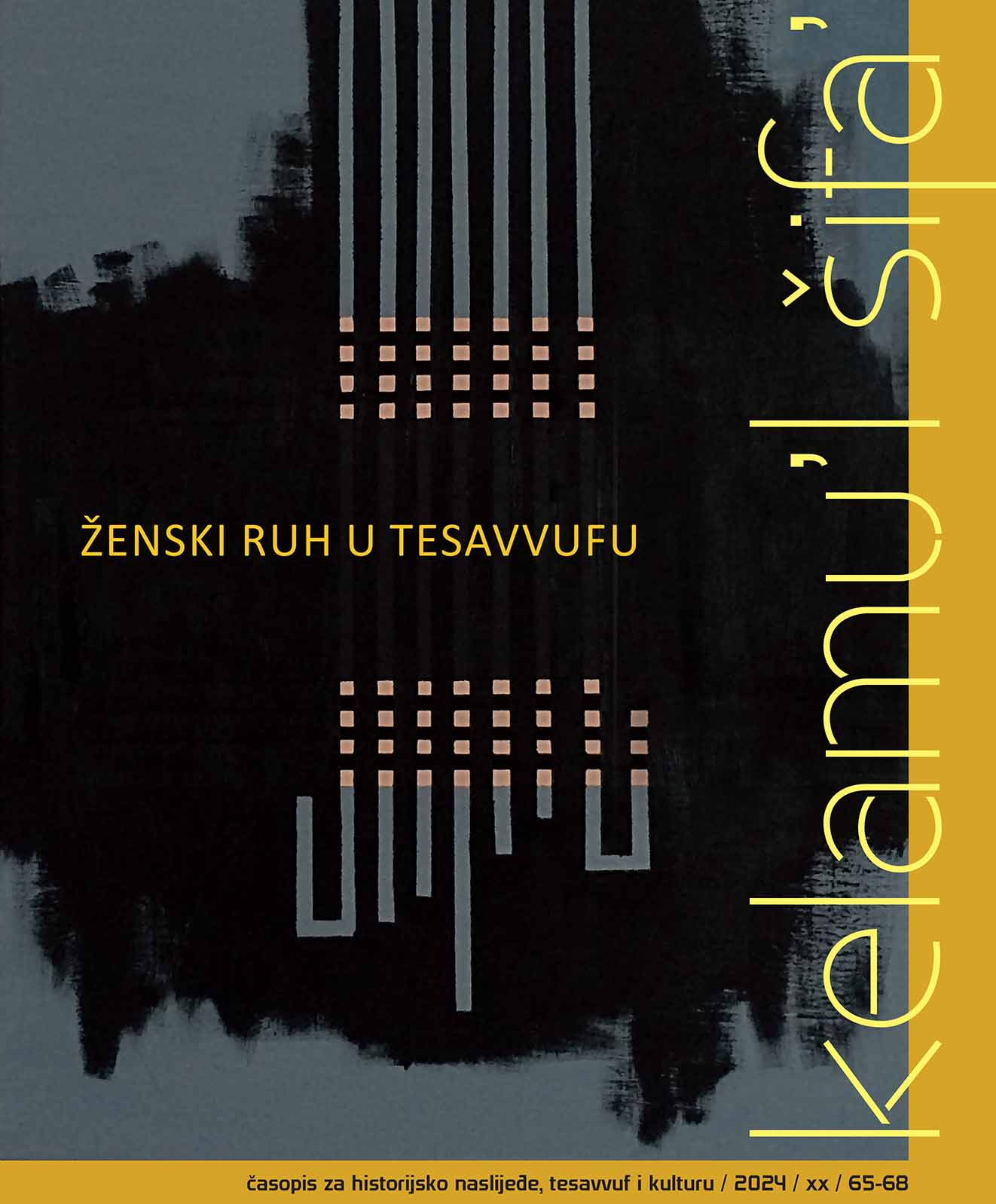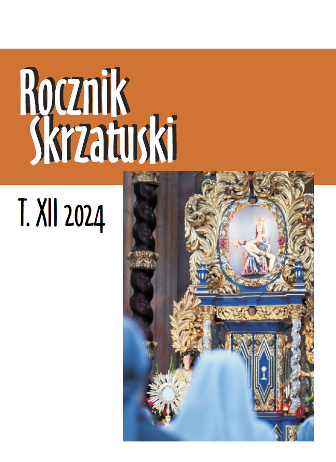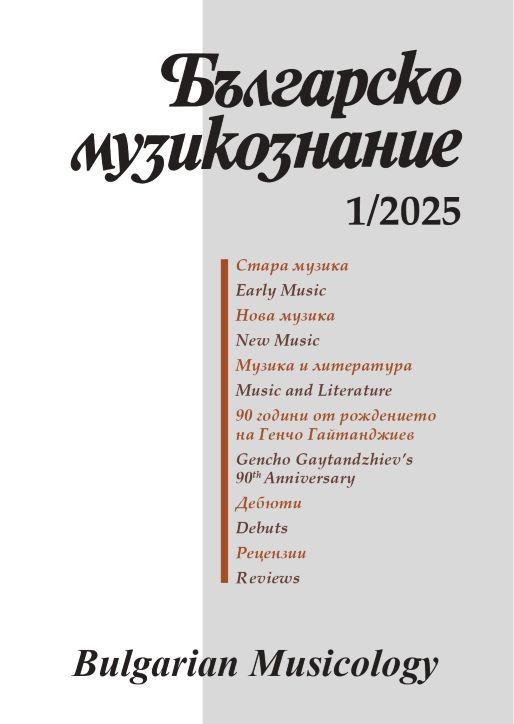Author(s): Krystyna Bastowska / Language(s): Polish
Issue: 12/2024
At the beginning of 1945, there were 10 temples belonging to various denominations in Koszalin, including one Catholic church. Saint Joseph. All temples survived the war conflagration. The first Franciscan, Father Nikodem Szałankiewicz, arrived in ruined Koszalin on May 26, 1945, together with a group of 450 settlers from Gniezno, occupying the church dedicated to the Saint Joseph without any obstacles, and from June 17, 1945 also the parish church. Parish of St. Joseph initially included over 20 branch churches. In 1946, the parish of St. Joseph was handed over to Lutherhaus. All efforts to acquire the castle church and other churches in Koszalin and the Koszalin district were rejected by the state authorities. In addition to building religious life and pastoral service from scratch, the Franciscans had been renovating and taking care of historic churches and their furnishings for nearly 30 years, without being able to obtain financial assistance and struggling with many difficulties from the authorities. The wide-ranging and innovative work carried out at the parish church was a response to the needs of the time and an image of the emerging conservation doctrines. Passing on to future generations the historic legacy in the form of 10 former Catholic churches and 78 Protestant congregations from the city of Koszalin and the Koszalin district is an unquestionable merit and achievement, achieved in times that were unfavorable and unfavorable to religious monuments. After the Koszalin-Kolobrzeg (Kołobrzeg) Diocese was established on June 28, 1978, the Koszalin parish church became an episcopal cathedral. On July 2, 1974, the Franciscans handed over the cathedral to the diocesan priests and on July 3, 1974, they began serving in the church of the Exaltation of the Holy Cross, which they expanded in the years 1976–1983 and where they serve to this day.
More...
